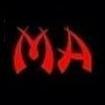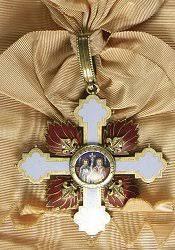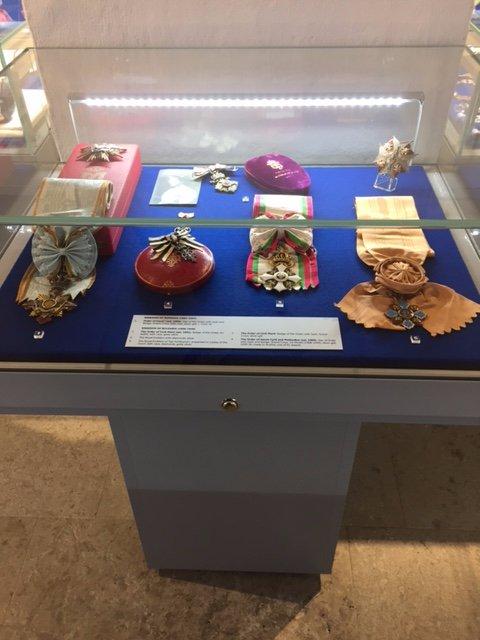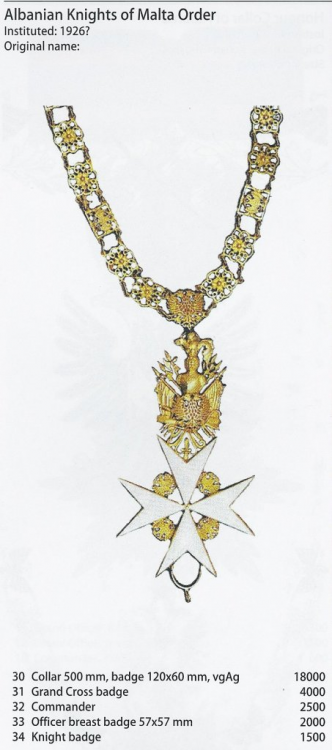
922F
-
Posts
1,380 -
Joined
-
Last visited
-
Days Won
7
Content Type
Profiles
Forums
Blogs
Gallery
Events
Store
Everything posted by 922F
-
Nick, Could you please PM me? Thanks, EJ
- Show previous comments 1 more
-
Hello Nick,
Thank you! I am trying to trace Manchukuo awards to Central Americans 1936-1940. You already know, I'm sure, that three Central American nations, El Salvador (March 3, 1934), the Dominican Republic (March 17?, 1934) and Costa Rica (September 23, 1934), agreed to de jure relations with Manchukuo.
The Manchukuo Year Book includes notes of awards to foreigners but not names. I suspect that the Yearbook has accurate figures but do not have one from 1936 onwards.
I have been able to find reference to three Salvadorians, President General Maximiliano Hernández Martínez [Dragon Ray], Foreign Minister Miguel Angel Araujo [Order of the Auspicious Clouds or Pillars of State, whichever one, lst class] and the Salvadorean Consul General in Tokyo, León Siguenza. [Pillars of State 2nd class]. These awards reportedly made in 1938.
Rafael Leónidas Trujillo, President of the Dominican Republic supposedly received Gran cordón especial de la Orden de las Nubes Propicia [Order of the Auspicious Clouds 'special' grand cordon] in 1937 or 1938 and his Foreign Minister/Vice President, Manuel de Jesús Troncoso de la Concha, obtained a Pillars of State Grand Cordon at the same time. I do not know of any other Dominican awardees.
I have not found any record of Manchukuo decorations bestowed to Costa Rican President León Cortés Castro, [1936 to 1940] or his Foreign Ministers 1934–1936: Raúl Gurdián Rojas, 1936–1937: Manuel Francisco Jiménez Ortiz or 1937–1940: Tobías Zúñiga Montúfar. Costa Rica did not have a tradition of giving or receiving Orders so none may have been offered.
Also, in 1985, Bill Koonce mentioned that several Brazilians and a Peruvian received Manchukuo decorations for humanitarian work but I cannot find any verification.
Could you possibly help in verifying these awards or provide any additional information?
With sincere thanks, EJ Fischer
-

-




